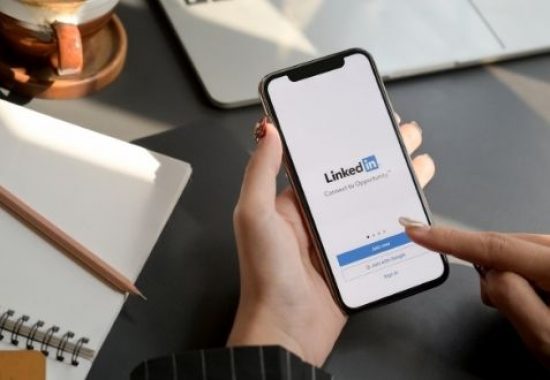
If you’re looking for a job or are open to hearing about potential opportunities, you should ensure that your LinkedIn is optimised to grab the attention of recruiters.
The Undercover Recruiter reports that 97% of all HR and staffing professionals use LinkedIn in their recruiting efforts. This gives job seekers and professionals an excellent chance of finding their next role through LinkedIn if they get their LinkedIn profile right.
While you may think that signing up, completing your profile and detailing your job history will set you up for opportunities, there’s more you can do to boost your chances. Let’s take a look at five ways you should optimise your LinkedIn profile for job opportunities.
LinkedIn works very much like regular search engines in that it sorts its results in terms of relevance. For example, if you were to type in the first name of a specific connection, the results will pull up your 1st-degree connections first. Those with more complete profiles will also show up higher in search results. As you scroll further through the results, you will start to see 2nd-degree connections and finally 3rd-degree connections.
When recruiters search for potential candidates on LinkedIn, they will use specific keywords to find the types of people they are looking for. If you can include these keywords in your profile summary or headline, you will be more visible to recruiters.
Industry-specific keywords are good to include throughout your profile, but they will make the most impact on how you rank when used in your headline, job title or employer.
When you go on the LinkedIn app, there’s a handy feature where you can tell recruiters that you are open to job opportunities and select any industries you’re interested in. These details are kept private so others in your network won’t see them, but recruiters who pay to use LinkedIn recruitment services will be able to. You can also specify:
This point may seem obvious, but it is an important one. You should ensure that you upload a profile photo that is clear, well-lit and makes you look professional. Your LinkedIn profile won’t register as complete without one which means you will show up lower in search results.
The recommendation section of your LinkedIn profile is easy to overlook, but it can be very valuable in impressing recruiters. There’s a button there where you can ‘ask to be recommended’. This will enable you to reach out to close connections, customers and previous employers so they can leave you a little reference/review.
Once you’ve secured a recommendation it will be displayed on your profile and will be a great way to tell recruiters more about you as a worker.
You should be consistently working on building a strong LinkedIn network that you also engage with. The more industry connections you have, the more likely you are to be found by recruiters who are looking in your field.
You shouldn’t be accepting connection requests from anyone but keep an eye out for people who work in your industry or for companies you’d be interested in working for. Likewise, you shouldn’t be firing out connection requests to people you don’t know at all. There’s the option to follow industry leaders rather than connecting with them so you can still keep up with news and insights.
Notifications